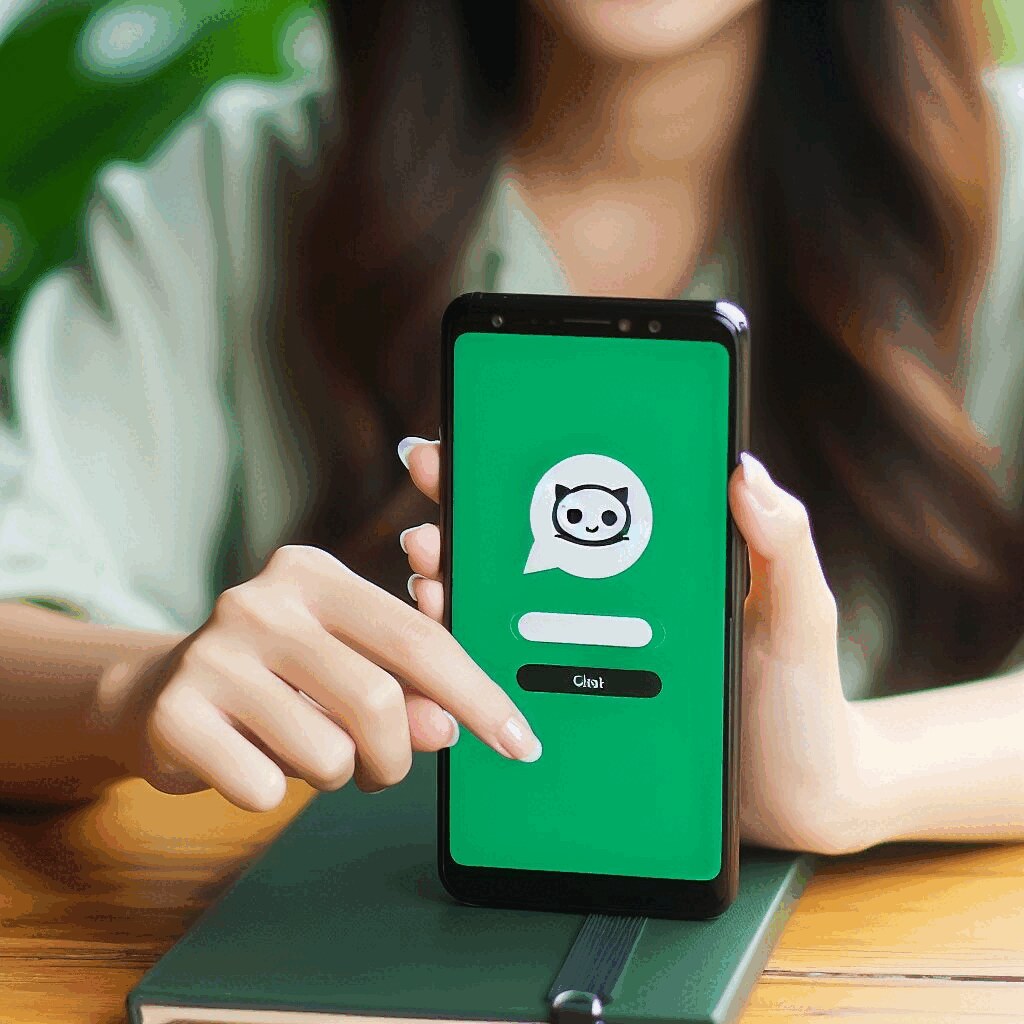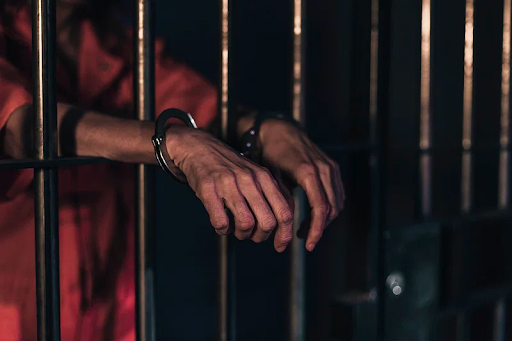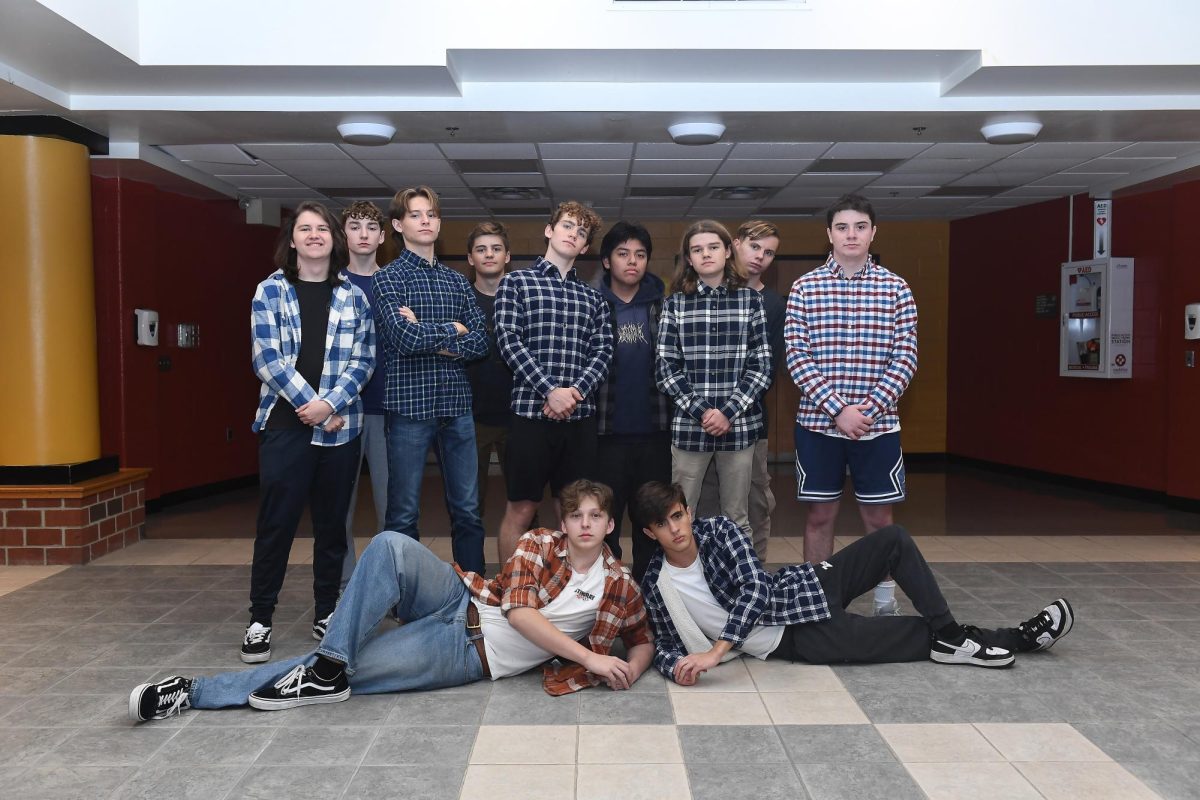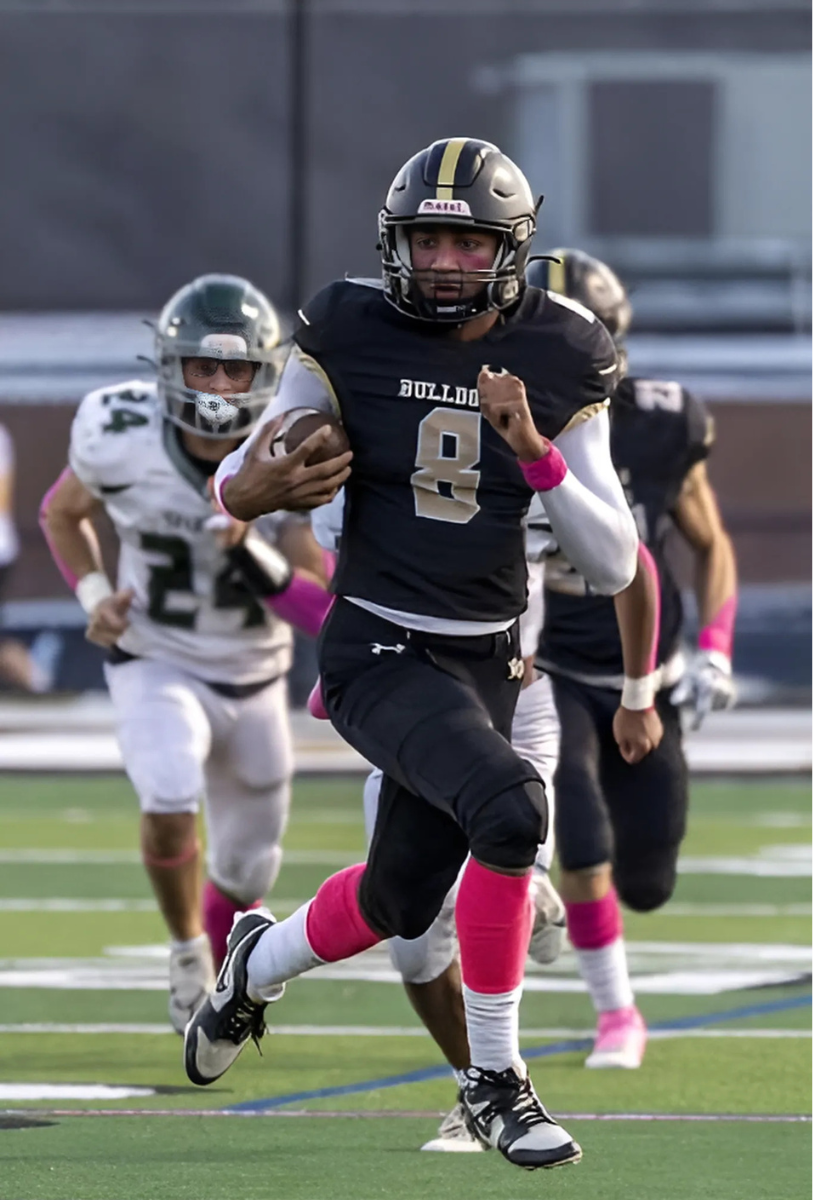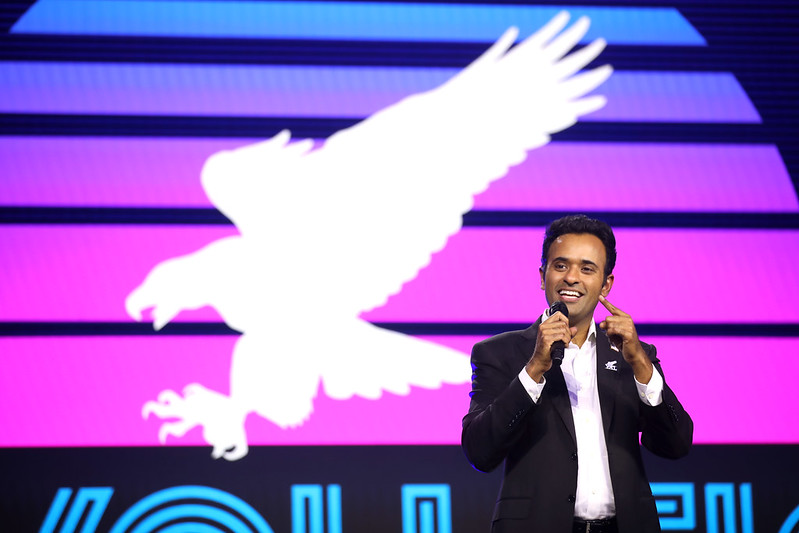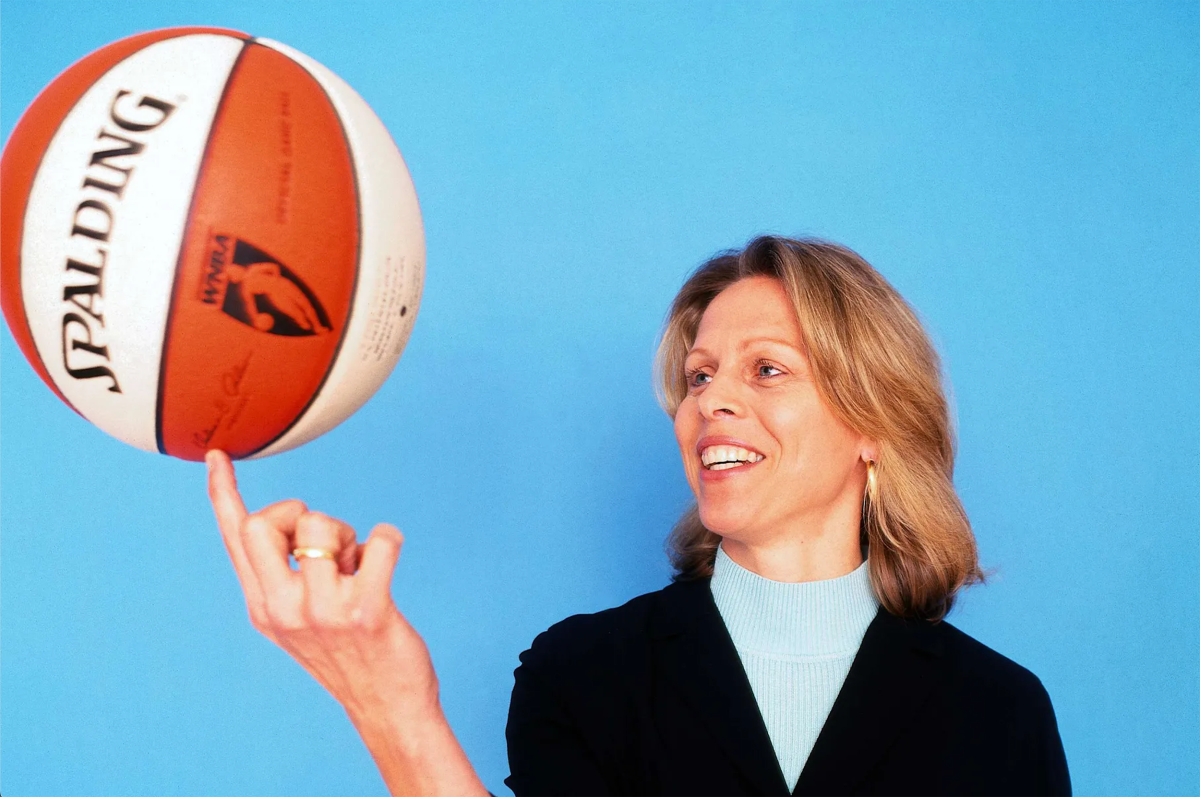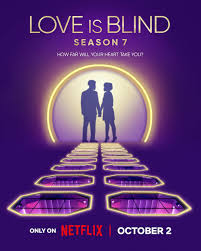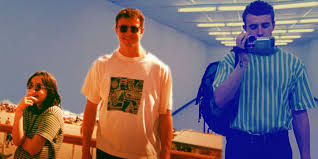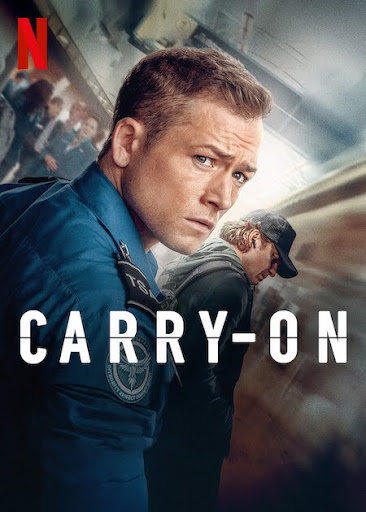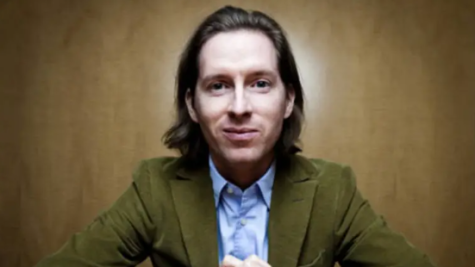Prime Time

Working at a grocery store has made me hyper-aware of shopping patterns. Elderly women enjoy nuts and cat food, elderly men like ice cream, middle-aged men and women love red meat, and so on.
A month or so ago, I noticed adolescent boys, once reliably candy buyers, beginning to diversify their spending. Suddenly, the caravan of packaged sugary goods coming down the conveyor belt was interrupted by loud coloring and bold, blocky font, highlighting a single, unobstructed word: Prime.
Drinks were bought by the box. Probably once a day I get asked if we’re out of Prime, and the disappointment on customers’ faces is visceral. Kids beg their parents for a bottle. I’ve heard babies crying for Prime instead of milk. Some stores have begun enforcing a three-bottle limit, reminiscent of the War Production Board’s food rations during WWII.
A single bottle’s price can range from $1.99 and $4, an expensive commodity considering that most of its consumers seem to be far under the legal working age. And prices only shoot up the more you buy. On eBay, six Primes are selling for fifty dollars. At Walmart, the twenty-four pack of pink strawberry Prime is going for a mean $69.99 (plus a twelve-buck delivery fee and five more dollars in tax). In Wakefield, U.K, single bottles were being sold for $120.
Despite the cost, it is, according to a Prime advertisement, the fastest-growing sports drink ever. Market Research Data indicates that they’ve made $51.7 million in sales in the United States alone.
The Prime website displays all five drink flavors, each stamped with a “sold out” label. Of course, Prime’s sold-out status actually represents another marketing tactic; keeping supply low increases demand for the product. Rather than fading to obscurity next to the hundreds of sports drink alternatives, it’s successfully made consumers more thirsty. Many Prime drinkers described the experience in relation to other, more established brands, most commonly Gatorade.
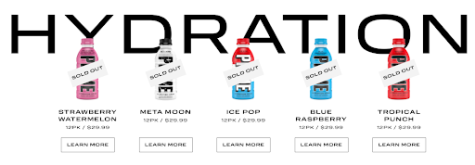
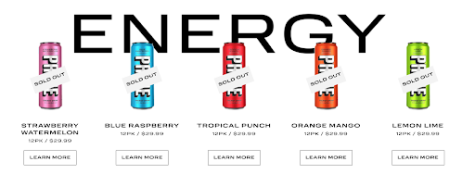
Why do consumers choose Prime? Its trendiness is due in part to the celebrity creators. In the words of a junior at HVCHS, “It’s popular with the middle schoolers…who love Jake Paul. I used to be a maverick.”
In fact, a different Paul is behind Prime. American Youtuber-turned-boxer, Logan Paul, and British YouTuber-turned-rapper-turned-boxer, KSI, are Prime co-owners. They have a collective 50.6 million subscribers on Youtube and two boxing wins between them (one of which being Logan defeating KSI), as well as three losses.

Their sponsorship of the Arsenal team has also attracted fans. This soccer—or, technically, football—club explained its partnership with the social media celebs as a choice to support “a product and founders at the forefront of modern culture.”
Perhaps “modern culture” refers to their sheer visibility. That’s no accident: they’ve launched an aggressive advertising campaign. Ads range from Youtube videos, boxing headlines, and helicopter stunts to videos with both co-founders sticking their tongues out before a backdrop of adoring fans. This mysterious photo-op is just a small taste of the Prime craze.
In the Hopewell-Pennington community, concerns over the fad are growing.
As one student put it, “I think it’s destructive to the freshmen that are obsessed with it. I think they need to quit their addiction and get a life.” Admittedly, she has never tasted a drop of Prime because she claims to “refuse to fall into that economic trap.”
Another student’s experimental drinking choice turned out to be “awful.” Trying out Prime for the first time ended with “stomach issues” and a “vomiting sensation.” She specified that it was the “fizzy blue raspberry one” that didn’t sit right with her, and theorized that sucralose, an artificial sweetener “causes [problems for] people with sensitive stomach issues.”
Additionally, the other artificial sweetener, acesulfame potassium, can disturb microbes and bacteria growing in the stomach. Unfortunately, this student is left with “five bottles of it at home that [she] can’t drink,” each bought at four dollars a pop. She even offered to pawn the drinks off to me.
Ironically, despite marketing itself as a sports drink and health brand, the benefits of Prime remain cloudy. It claims to hold vitamins, antioxidants, lower sugar, and BCAA’s, ingredients meant to stimulate muscle growth. Although Shimomura et al. found that BCAA’s in doses of 4-20 grams a day can enhance muscle protein synthesis and muscle growth, Prime only offers 250mg. So to effectively experience muscle growth through the BCAA’s in Prime alone, one would require 16-80 bottles a day.
Still, many Prime drinkers enjoyed their beverage complication-free. A sophomore boy has drunk five Primes, calling them a “better [version of] Gatorade.” He admitted that he didn’t buy into the supposed health benefits, but regardless, he said that “it tastes good sometimes,” and praised the fact that “KSI made it.” He’s spent twenty dollars on these qualifications.
Iris is a Junior writer for the Bulldog Reporter. Outside of Newspaper club, Iris is interested in writing, filming, editing and producing short films,...


